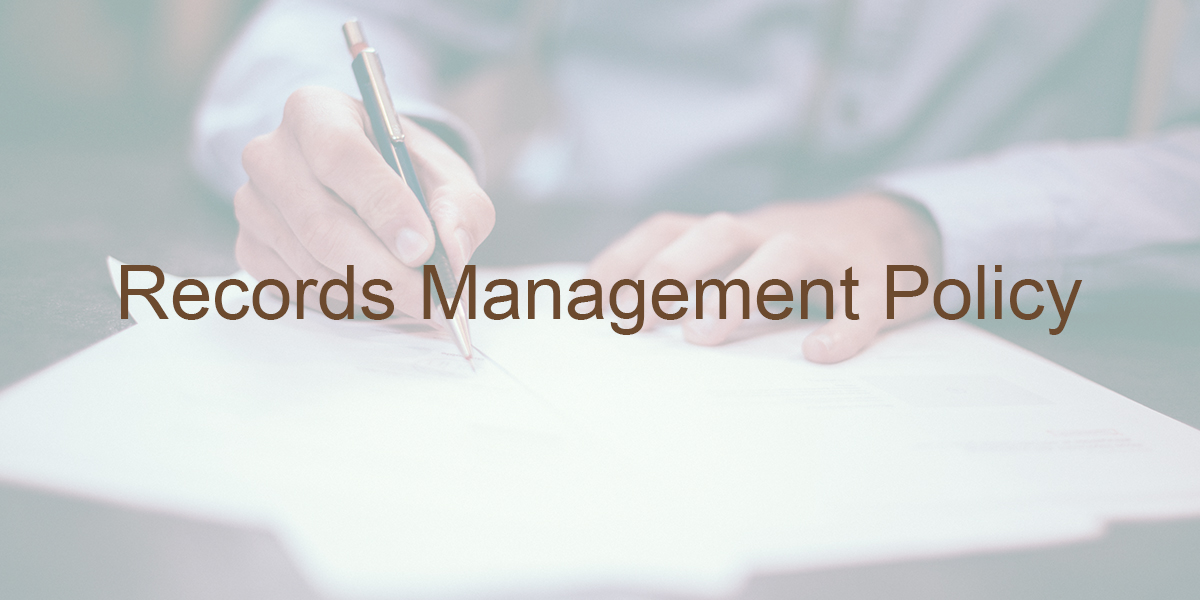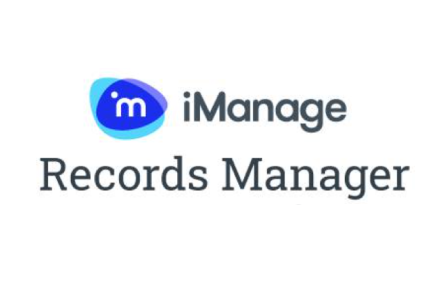Elements of a Good Records Management Policy

Having a documented records management policy is essential. This way, the expectations for each person in your organization are clear, and if you are ever subject to a file audit, you can show the auditors exactly how your files are handled and why. I touched on this briefly last week when I defined what a records management program should include.
A records management policy is different from a records management program. The program covers every detail of how your records are handled throughout their lifecycle. The policy is an overarching summary of what the records management procedure applies to and who is responsible for upholding it.
This post will help you understand what your records management policy should cover. A records management policy should be a high-level document, 1-2 pages at most. The policy should tell your end users exactly how they are supposed to be filing their information.
What Goes in the Policy?
The first part of your policy should define your record types. You will likely have different handling and disposition procedures for each kind of record. It’s essential to outline the record types in your records management policy so when it comes time for your employees to implement the records management program they understand how to identify record types.
Matter records can be a project, a court case, a service you offer, or any other information you have about the work you do for your clients. Clients records are those with information about your clients themselves. Firm administrative records are files that have information about your organization and its members.
The policy should also clearly explain what information it covers. It should outline where each records management procedure lives (ideally in a procedure manual) and who is responsible for each element of the policy.
What Types of Records are Included?
I used to work for an Episcopal Church. My boss, Mark Duffy had implemented a records policy many years prior and he asked me to update it as it was out of date. The problem with the policy was that it only referred to paper records. Any emails, word documents, spreadsheets, or other electronic media were outside of the policy.
I broadened all of the policy’s references to paper to capture all media types. Then I audited the procedures and looked for gaps in them. The challenge that Mr. Duffy presented me with was not having an up to date policy or procedure for handling records. I made sure the church’s records were handled properly going forward by identifying what was missing from the current policy.
Make sure your policy applies not only to paper records but to electronic records as well. It needs to be open to the content of the record, and not be limited by its media type.
What Do I Do with the Policy?
Include your records management policy in your employee procedure manual. This way your employees will have access to it. Additionally, make sure each worker is trained on how to use the policy so that everyone understands their responsibilities in regards to records management.
I am here to help you with this process. If you get stuck schedule a 10-minute call with me.



